Rolex protégé Simon Kretz on his thought experiment with mentor David Chipperfield
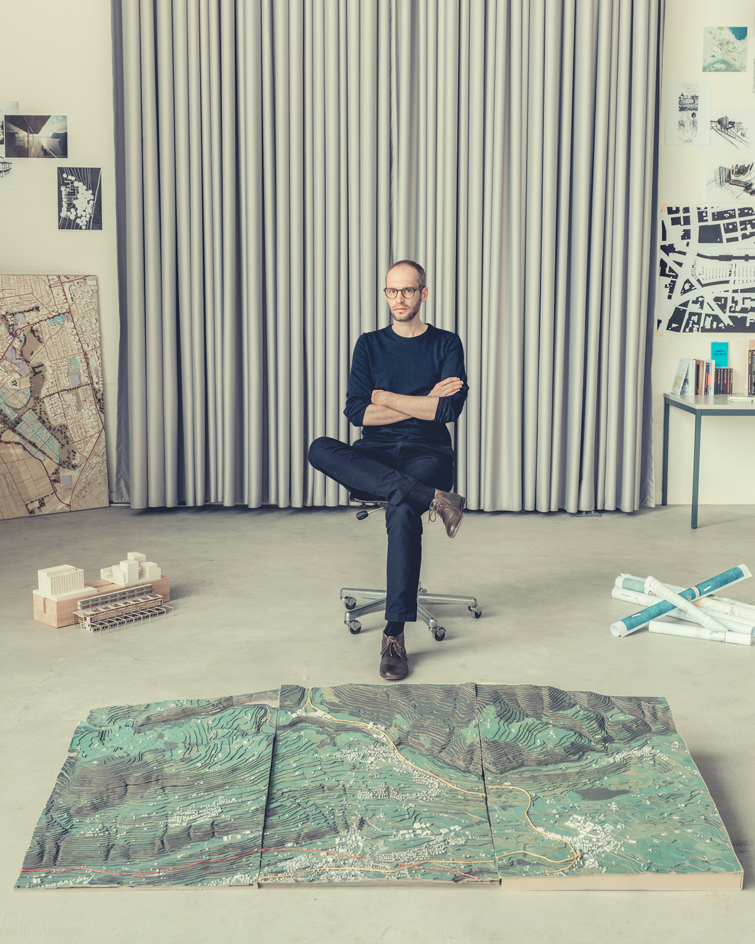
Every other year since 2002, the Rolex Mentor and Protégé Arts Initiative has brought together leading artists, writers, architects, musicians, film-makers, theatre directors and other creative titans with early-career contenders. Past mentors include Magaret Atwood, David Hockney and Anish Kapoor. In November 2016 we profiled the latest seven lucky protégés, paired with guiding lights such as Philip Glass, David Chipperfield and Robert Lepage. The protégés reveal what mentoring has meant to them and how their lives have changed as a result.
Born in 1982, Simon Kretz is a Swiss architect and theorist of urbanism, who took his MA in architecture at the Swiss Federal Institute of Technology (ETH). He co-founded his first practice in 2010, and in 2014 became a founding partner of Salewski & Kretz Architekten, based in Zurich. He has worked for several international firms, including OMA Rotterdam, and has been senior lecturer for urban design at ETH Zurich since 2013. His Rolex mentor is the architect David Chipperfield.
W*: What form has your mentorship taken?
Simon Kretz: We used the year as a thought experiment, with theoretical and practical sides. The theoretical part is both a critique of a purely market-based urbanism and a manifesto for a relational, collective, diverse and domestic future of our cities. The practical part is an urban masterplan for the Bishopsgate Goodsyard in London. We collaborated with Professor Kees Christiaanse at ETH Zurich and conducted an urban design class on the project with 36 students this spring. David was a guest at the design course and we produced nine different options for the Goodsyard, which served as applications of our theories. David was also here for the final reviews.
W*: Have any projects developed out of your time together?
SK: Yes, we’ve developed a theoretical project that reflects on planning processes, planning culture and urban design as the underlying fundaments of architecture. We are planning to publish the joint project early next year, and we’ll exhibit the work in February in Berlin, and probably in the summer in Venice.
W*: How do you feel your work has developed or changed as a result of the time that you’ve spent with your mentor?
SK: I am fascinated by the way David constructs his arguments. His thoughts are at the same time pragmatic and idealistic, while his holistic approach and depth of thinking are helping me to extend my theoretical and mental vocabulary. This integrity of thinking has had an impact on my mindset.
W*: What are your plans for the future?
SK: To finish my PhD and to work on two competitions that our office has recently won. And to spend a couple of weeks biking around Europe.
As originally featured in the November 2017 issue of Wallpaper* (W*224)
INFORMATION
For more information, visit the Salewski & Kretz website and the Rolex Mentors & Protégés Initiative website
Wallpaper* Newsletter
Receive our daily digest of inspiration, escapism and design stories from around the world direct to your inbox.
-
 All-In is the Paris-based label making full-force fashion for main character dressing
All-In is the Paris-based label making full-force fashion for main character dressingPart of our monthly Uprising series, Wallpaper* meets Benjamin Barron and Bror August Vestbø of All-In, the LVMH Prize-nominated label which bases its collections on a riotous cast of characters – real and imagined
By Orla Brennan
-
 Maserati joins forces with Giorgetti for a turbo-charged relationship
Maserati joins forces with Giorgetti for a turbo-charged relationshipAnnouncing their marriage during Milan Design Week, the brands unveiled a collection, a car and a long term commitment
By Hugo Macdonald
-
 Through an innovative new training program, Poltrona Frau aims to safeguard Italian craft
Through an innovative new training program, Poltrona Frau aims to safeguard Italian craftThe heritage furniture manufacturer is training a new generation of leather artisans
By Cristina Kiran Piotti
-
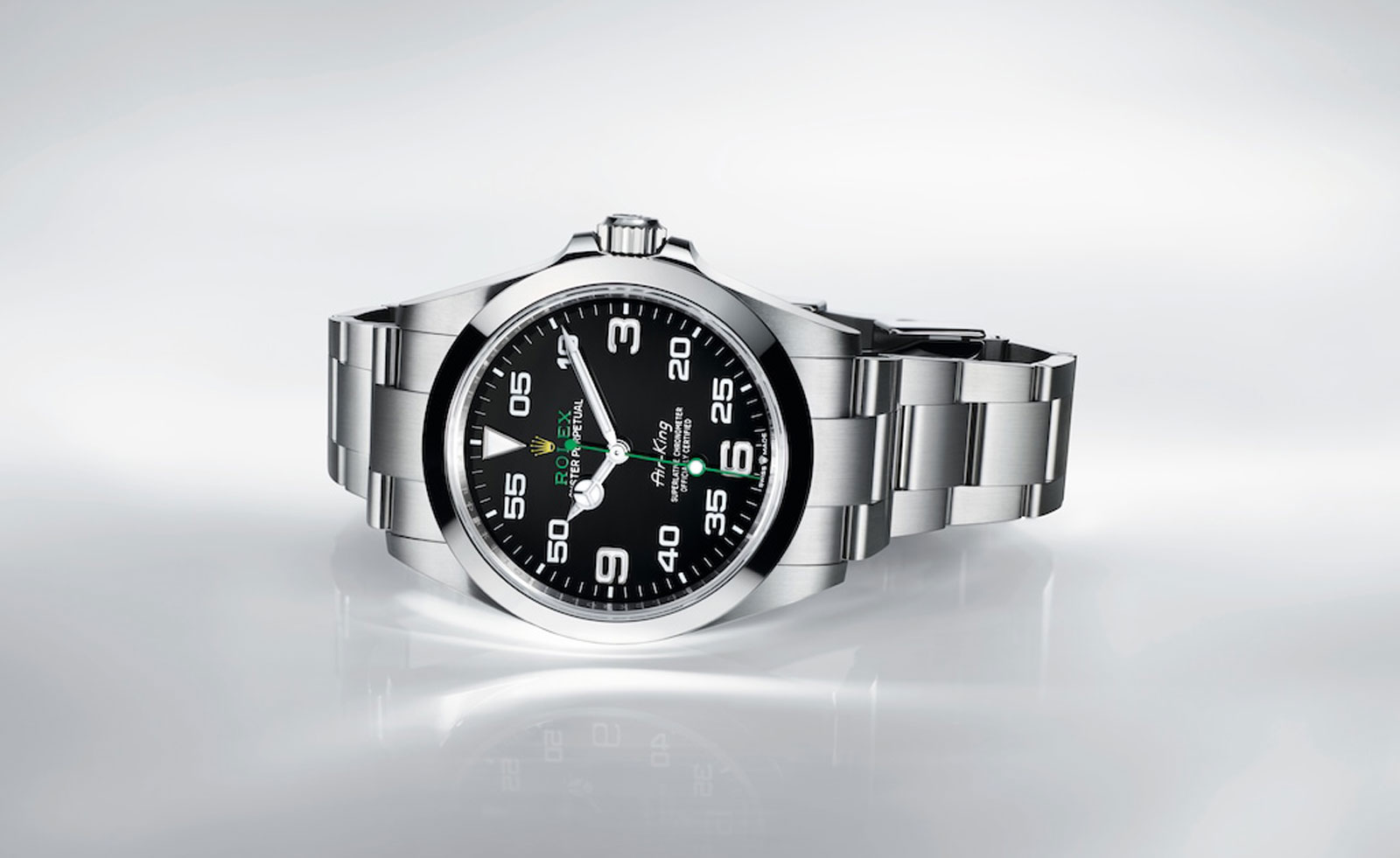 Rolex draws on its aviation history with the new Oyster Perpetual Air-King
Rolex draws on its aviation history with the new Oyster Perpetual Air-KingIncreased legibility and rethought proportions characterise the Rolex Oyster Perpetual Air-King
By Hannah Silver
-
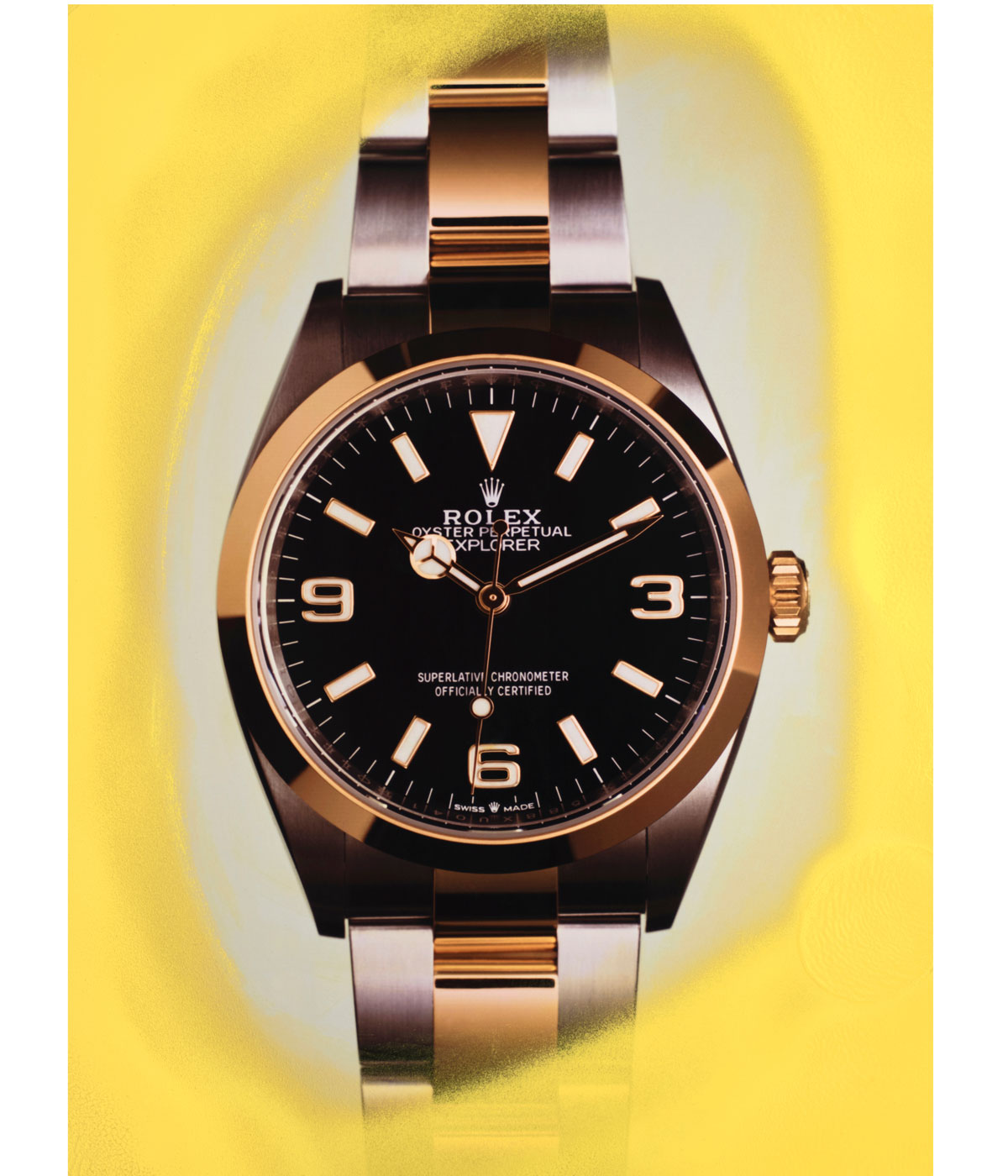 Rolex’s latest watch is designed for life’s explorers
Rolex’s latest watch is designed for life’s explorersThe new Rolex Oyster Perpetual Explorer watch nods to an adventurous history
By Hannah Silver
-
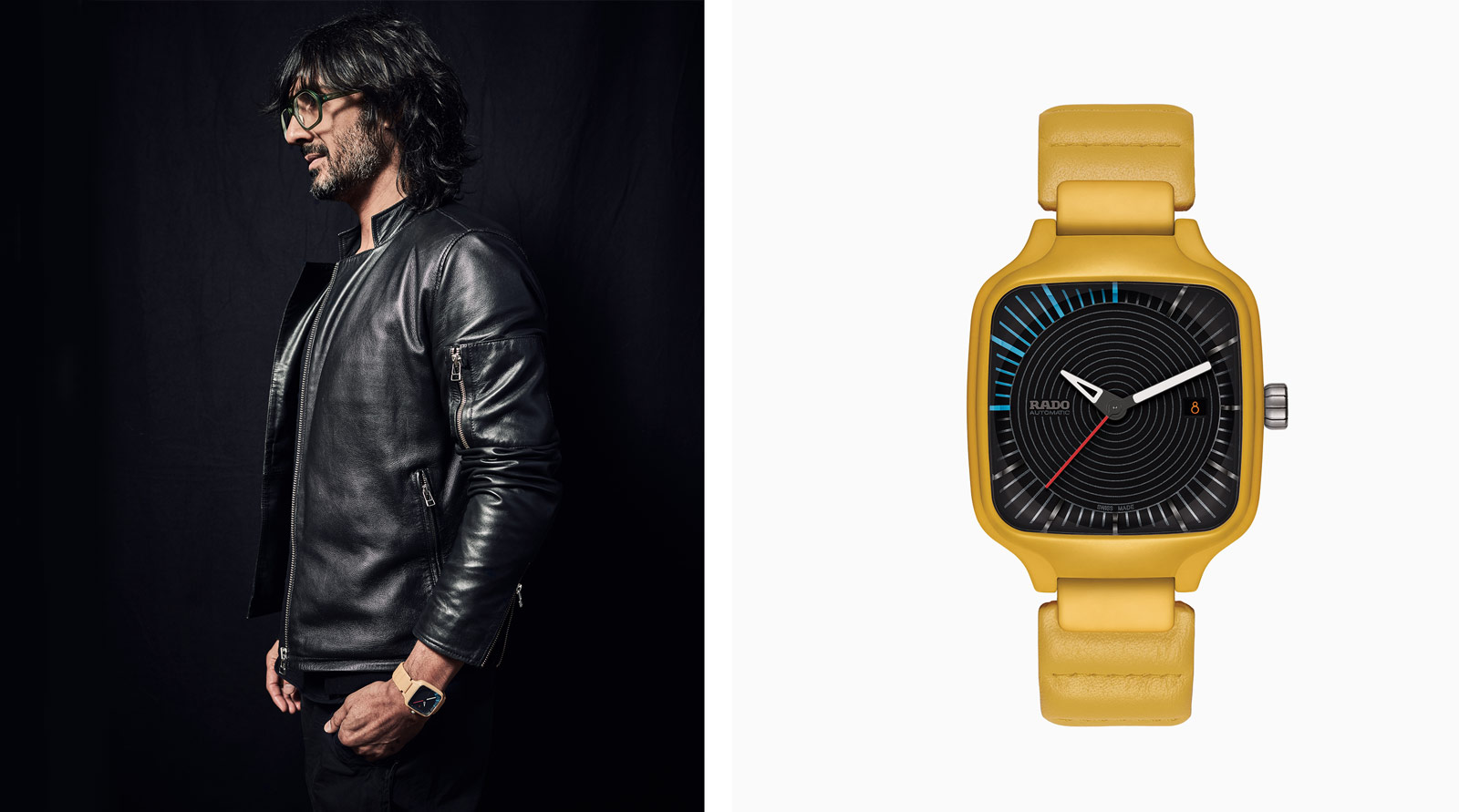 Tej Chauhan’s new ceramic watch for Rado feels ‘liquid soft’
Tej Chauhan’s new ceramic watch for Rado feels ‘liquid soft’The Rado True Square by Tej Chauhan in matt yellow explores the industrial designer’s futuristic visions of pop culture
By Hannah Silver
-
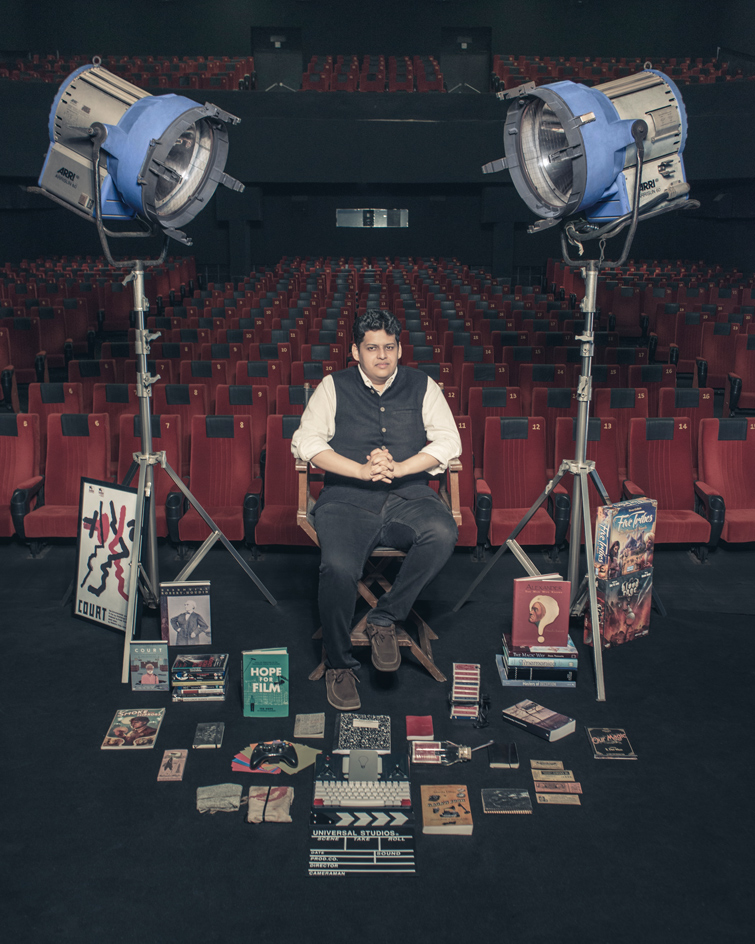 Rolex protégé Chaitanya Tamhane on thinking visually with mentor Alfonso Cuarón
Rolex protégé Chaitanya Tamhane on thinking visually with mentor Alfonso CuarónBy Christopher Stocks
-
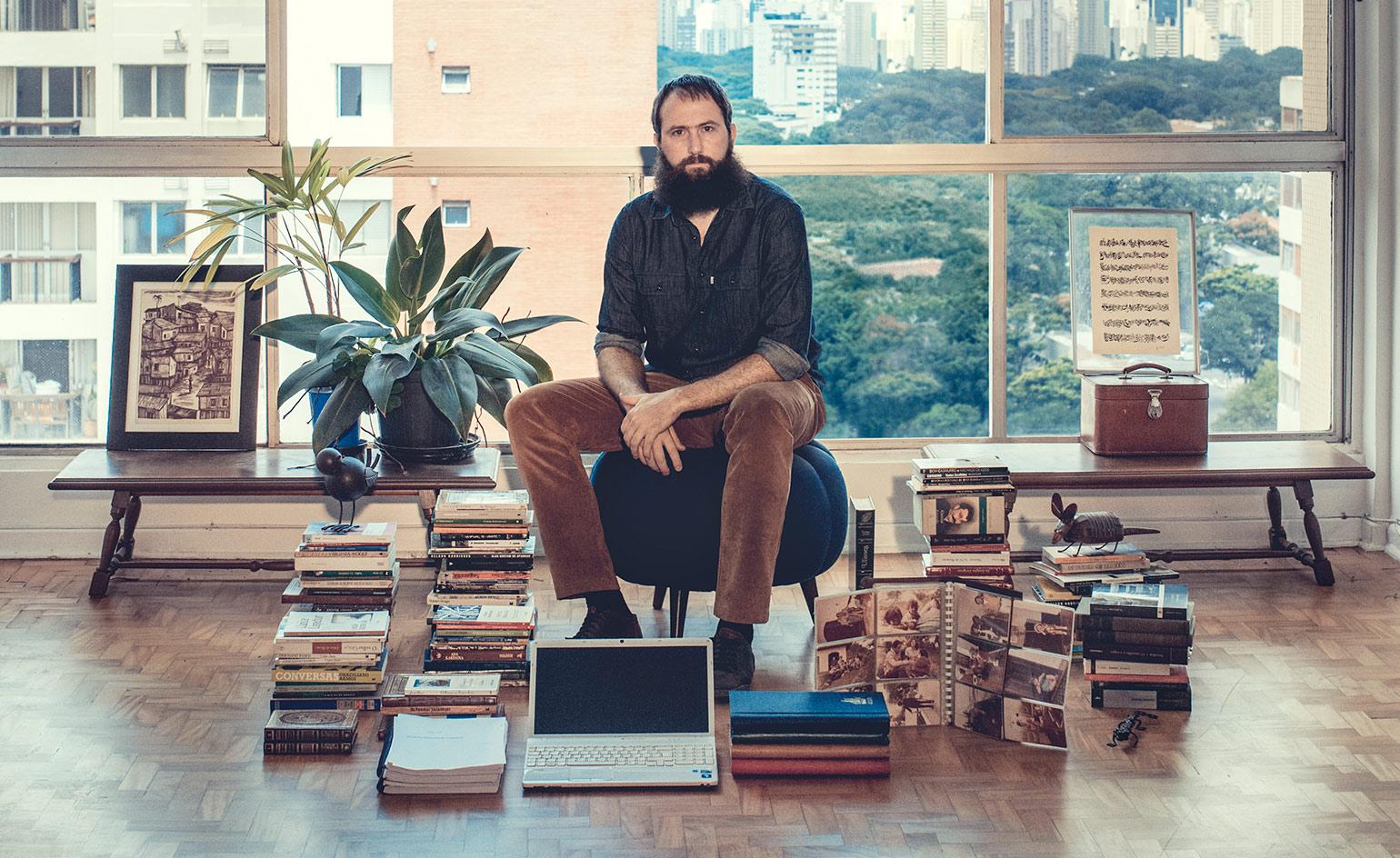 Rolex protégé Julián Fuks on the creative process and the exchange of ideas
Rolex protégé Julián Fuks on the creative process and the exchange of ideasBy Christopher Stocks
-
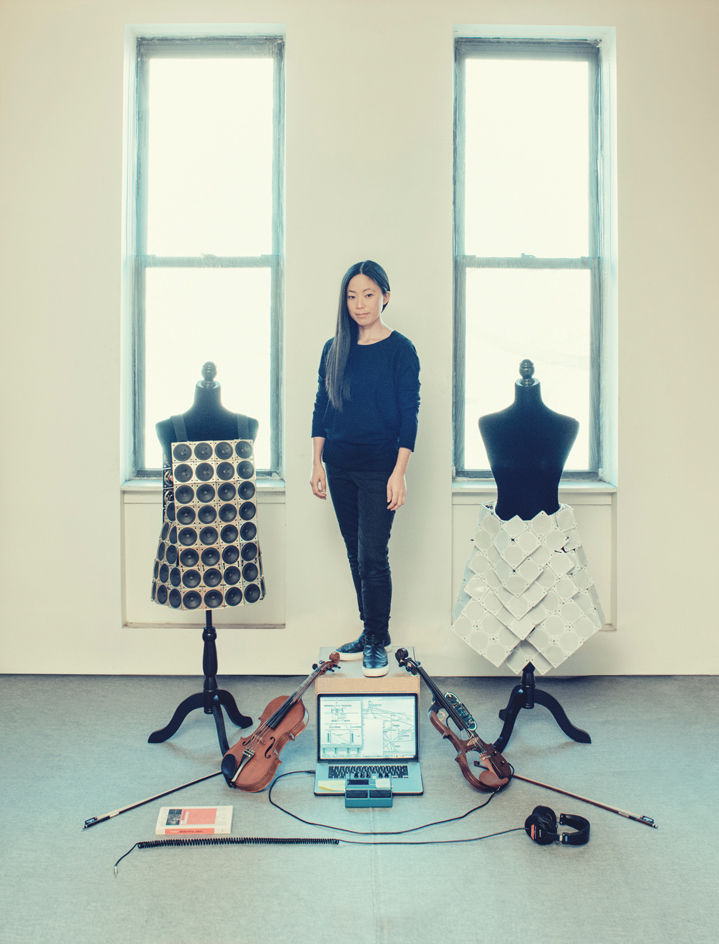 Rolex protégé Pauchi Sasaki on music ownership and shadowing mentor Philip Glass
Rolex protégé Pauchi Sasaki on music ownership and shadowing mentor Philip GlassBy Christopher Stocks
-
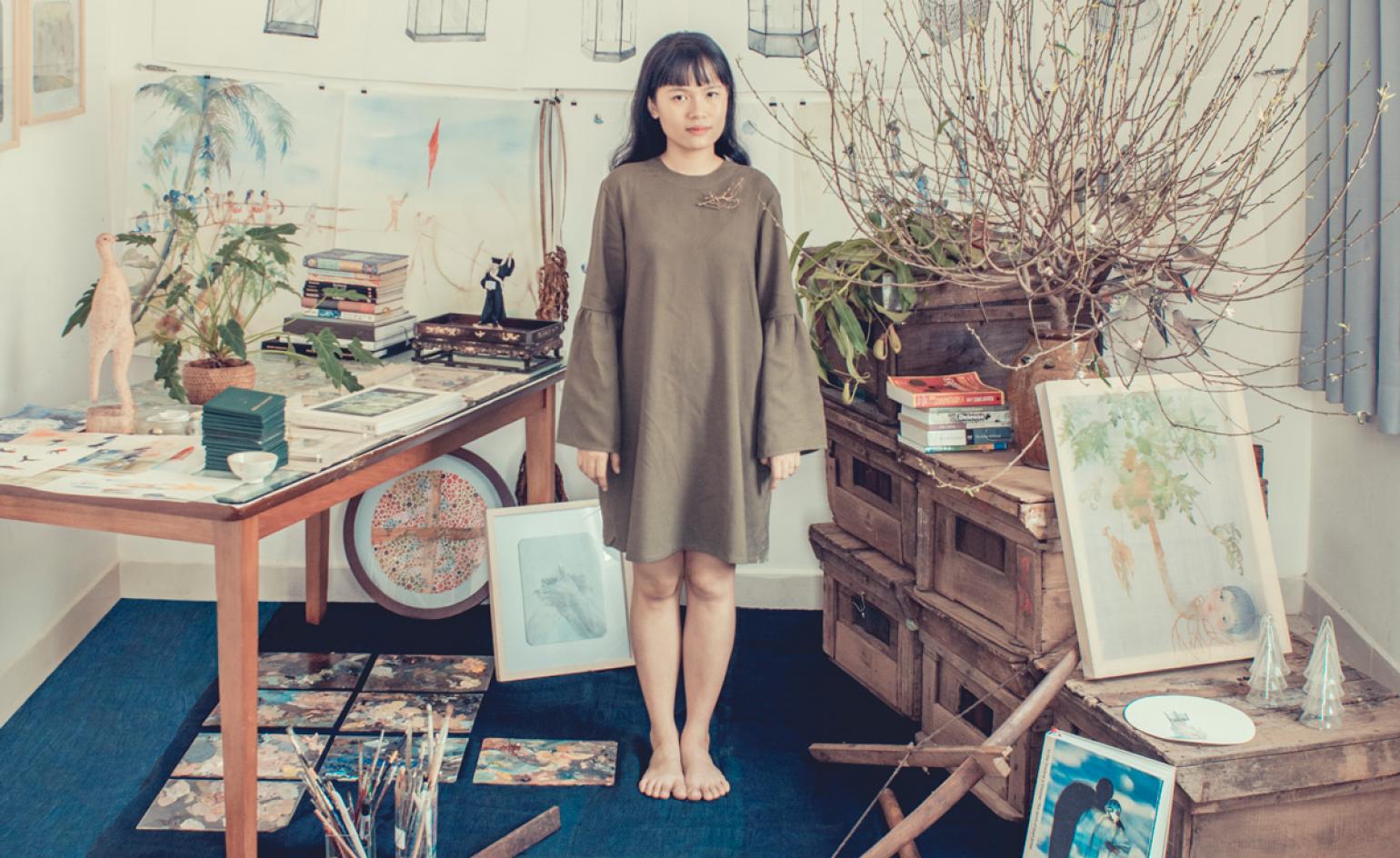 Rolex protégé Thao-Nguyen Phan on exploring new mediums and her Pittsburgh project
Rolex protégé Thao-Nguyen Phan on exploring new mediums and her Pittsburgh projectBy Christopher Stocks
-
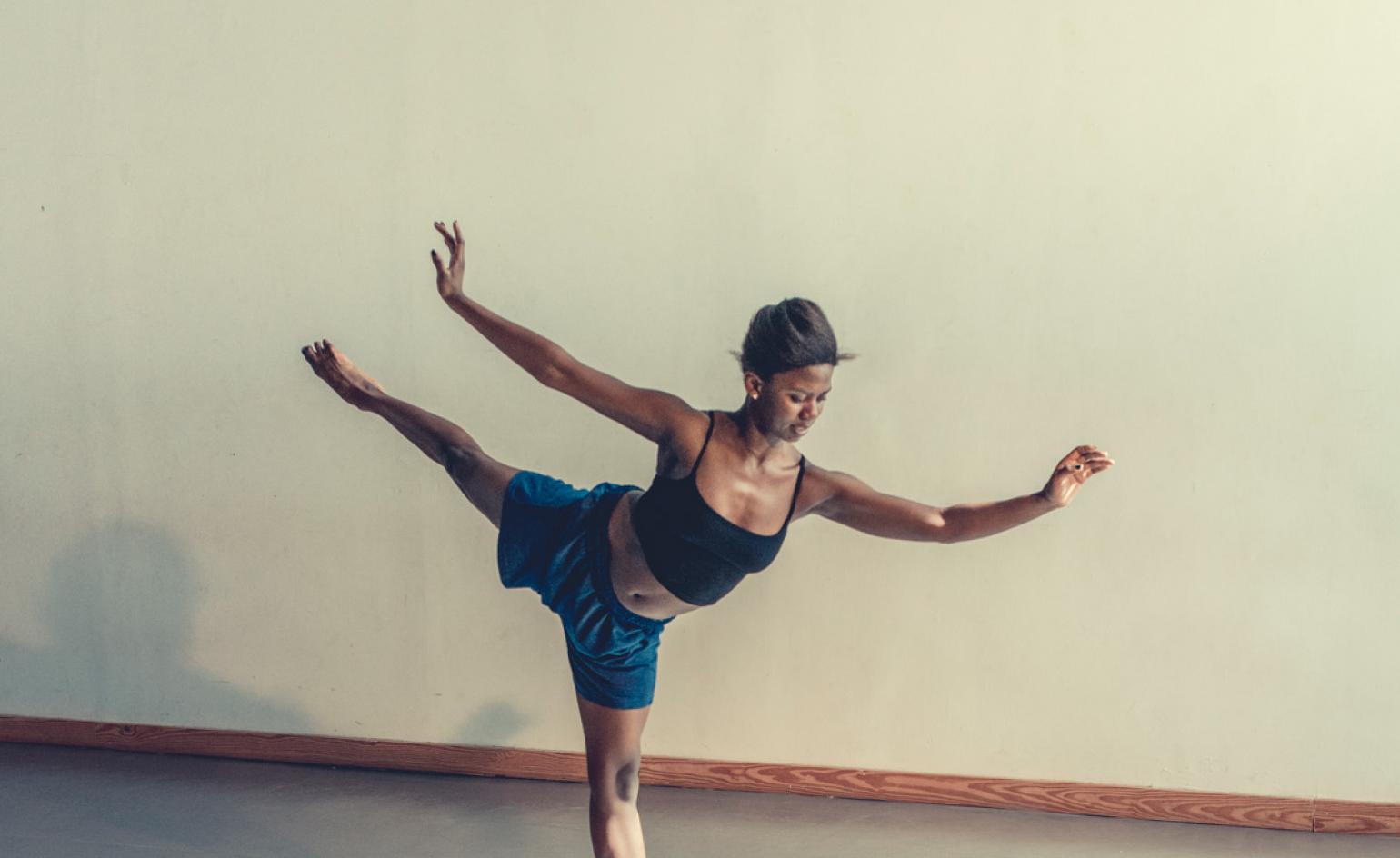 Rolex protégé Londiwe Khoza on self-discovery and developing as a dancer
Rolex protégé Londiwe Khoza on self-discovery and developing as a dancerBy Christopher Stocks